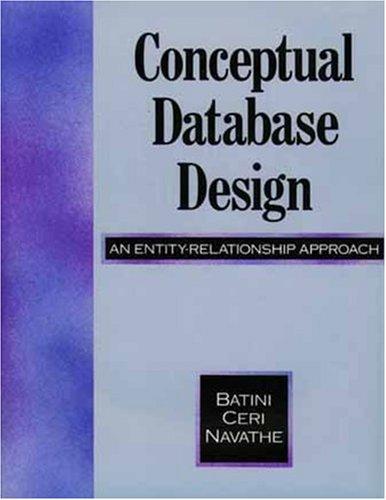Answered step by step
Verified Expert Solution
Question
1 Approved Answer
Solve it by R languages and give me the output also data : https://drive.google.com/file/d/1ZBNAt9rxG6eWoGJRp86r2ONjPbfa1I8e/view?usp=drivesdk The attached data is for the weekly mortality rate of heart
Solve it by R languages and give me the output also
data :
https://drive.google.com/file/d/1ZBNAt9rxG6eWoGJRp86r2ONjPbfa1I8e/view?usp=drivesdk 
Step by Step Solution
There are 3 Steps involved in it
Step: 1

Get Instant Access to Expert-Tailored Solutions
See step-by-step solutions with expert insights and AI powered tools for academic success
Step: 2

Step: 3

Ace Your Homework with AI
Get the answers you need in no time with our AI-driven, step-by-step assistance
Get Started


